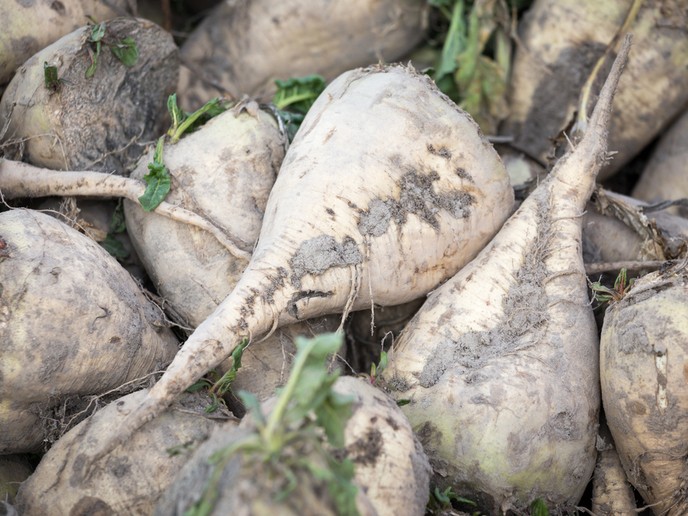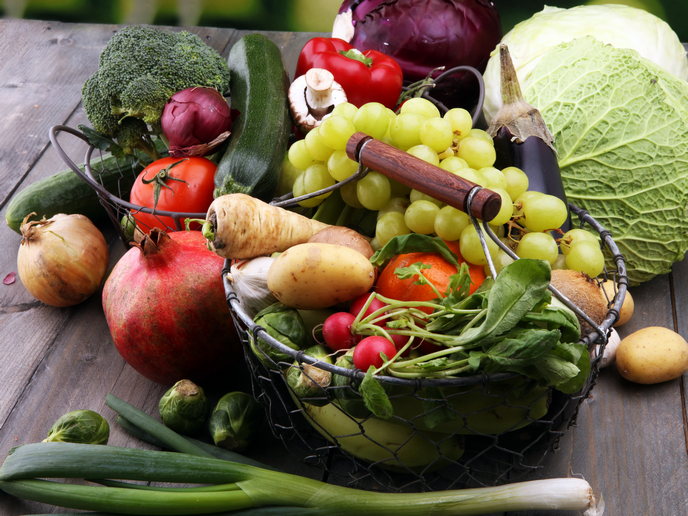Sustainable extraction of high-value products from sugar beet pulp
Europe produces around 13 million tonnes of SBP a year(opens in new window), which comprises the fibrous material that is left behind after the sugar is removed from the sugar beet. The material is currently used for low-value animal feed and/or biogas. The PULP2VALUE(opens in new window) project received funding from the Bio-based Industries Joint Undertaking, a public-private partnership between the EU and industry to develop value chains based on microcellulose fibres (MCF), arabinose (L-Ara) and galacturonic acid (D-GalA), which are found in SBP. These substances can be used for a wide variety of applications such as chemical building blocks, in food and flavour applications, as well as in detergents and personal care products. “We aimed to scale up pilot processes to semi-industrial level and significantly increase (by 20-50 times) the value of SBP by demonstrating applications for approximately 65 % of its mass in high value markets,” says Gerald van Engelen project coordinator and General Manager for Cosun Biobased Products B.V. part of Royal Cosun a leading Dutch company for sugar beet processing in Europe.
Improved sustainability
The consortium built and operated demonstration plants for MCF and L-Ara. Production of D-GalA was also proven at the demonstration scale. Positive business cases were identified for MCF and D-GalA derived products. In addition, the team investigated and confirmed the health benefits of L-Ara. They also carried out life cycle assessment analyses of the separate routes to each individual ingredient and the integrated biorefinery concept for the simultaneous production of all components MCF, L-Ara and D-GalA. The latter route giving the most favourable results. In the conversions the use of solvents (except water) and toxic reagents were avoided, while aiming for high yields and minimum waste as demonstrated in the catalytic oxidation of D-GalA to galactaric acid. “The catalyst can be recycled, and the reaction has an extremely high selectivity meaning that almost no waste per kilogram of galactaric acid is produced,” explains Harry Raaijmakers, R&D manager at Cosun.
Benefits from new products
PULP2VALUE resulted in a number of new products. MCF from SBP have unique flow properties and are very stable, allowing them to be used as new structurants for particles in solution in various applications ranging from detergents, adhesives, paints and coatings, and drilling muds. L-Ara can be used to develop food products with a low glycaemic index, which still contain significant amounts of sucrose, thereby helping to maintain healthy blood glucose levels. D-GalA can be used as feedstock for new mild anionic sulfate-free surfactants for personal care products. Galactaric acid can be applied as an environmentally friendly corrosion inhibitor and galactaric acid-based building blocks can be used to improve the technical properties and sustainability profile of synthetic polymers in various applications. PULP2VALUE products are plant-based, biodegradable and non-toxic and contribute to the competitiveness of sugar beet as a crop in western Europe. “Developing by products that are more sustainable, safer and can contribute to better health will help boost the economy and create jobs in rural areas,” concludes van Engelen.







